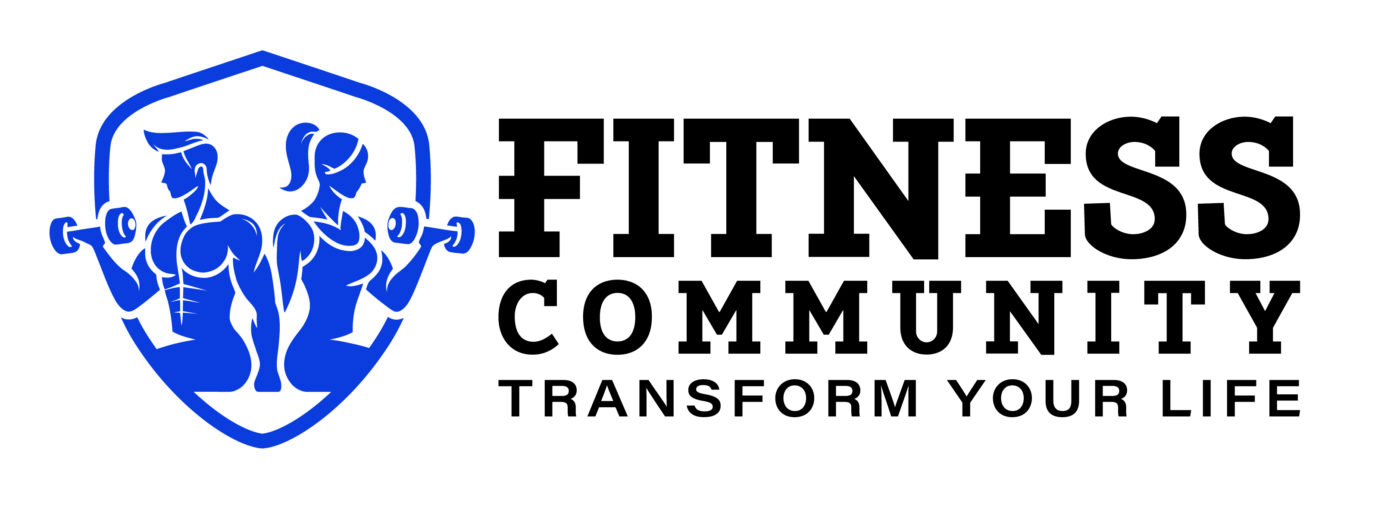WELLNESS AND MINDFULNESS
Why Fitness Experts Are Ditching ‘No Pain, No Gain’ for Smarter Recovery
For years, the fitness industry promoted the mantra “no pain, no gain,” pushing people to work out intensely with little regard for rest and recovery. However, a growing body of research and expert opinions now emphasize the importance of recovery, making it a central part of fitness routines.
The Shift Toward Recovery
Celebrity trainer Tony Horton, known for creating the intense P90X workout program, has changed his perspective on fitness. In the past, he encouraged pushing limits, but now, he stresses the value of recovery and balance.
“I didn’t know then what I know now,” Horton says. While P90X did include recovery days, Horton now incorporates mindfulness, deep sleep, ice baths, foam rolling, and sauna sessions into his fitness philosophy.
“If you don’t get the recovery and rest part right, then you’re never going to be able to be consistent with the fitness end of things,” Horton explains.
A More Holistic Approach to Fitness
The fitness industry is embracing a more comprehensive approach to health. Organizations like the American College of Sports Medicine and the National Academy of Sports Medicine now emphasize recovery techniques as part of their training programs. These methods go beyond exercise and include sleep, stress management, and overall lifestyle habits.
According to Stan Kravchenko, founder of the OneFit personal training platform, trainers are now taking on a broader role as lifestyle coaches.
“It’s more about your lifestyle, how you eat, how you sleep,” he says. “Are you stressed? What do you do for a living? Are you working from a desk? So it’s taking a more broad approach.”
Discomfort vs. Pain: Knowing Your Limits
While working out requires effort, experts now distinguish between beneficial discomfort and harmful pain. Michael Zourdos, chair of exercise science and health promotion at Florida Atlantic University, explains that while lifting weights to failure can build muscle, it isn’t necessary to improve strength or overall health.
“There is a difference between training for health and training for elite performance benefits,” Zourdos says.
Horton agrees that while workouts should challenge the body, they should not cause acute pain. “There’s got to be a certain amount of strain,” he says. “But if you feel sharp pain in joints, tendons, or muscles, stop that movement.”
How Much Rest is Enough?
Recovery time depends on individual fitness goals and physical condition, but Kravchenko offers general guidelines:
For weightlifting, allow 48 hours of recovery per muscle group.
Limit workouts to a maximum of 10 sets per muscle group per week.
Rest for two to three minutes between sets instead of the outdated one-minute recommendation.
Engage in light activities like walking, yoga, or core exercises on rest days instead of complete inactivity.
Mindfulness as Part of Recovery
Both Horton and Kravchenko advocate for incorporating mindfulness practices into fitness routines. Meditation and mindful breathing help manage stress and improve consistency in exercise habits.
Horton advises starting with mindfulness before committing to an intense workout plan. “What is your strategy to get healthy, get fit, and stay that way?” he asks.
The Future of Fitness: Sustainable, Balanced, and Holistic
As science continues to highlight the importance of rest and recovery, the fitness world is shifting away from extreme training philosophies. A balanced approach that includes proper sleep, nutrition, mindfulness, and recovery techniques is now seen as the key to long-term fitness and overall well-being.

